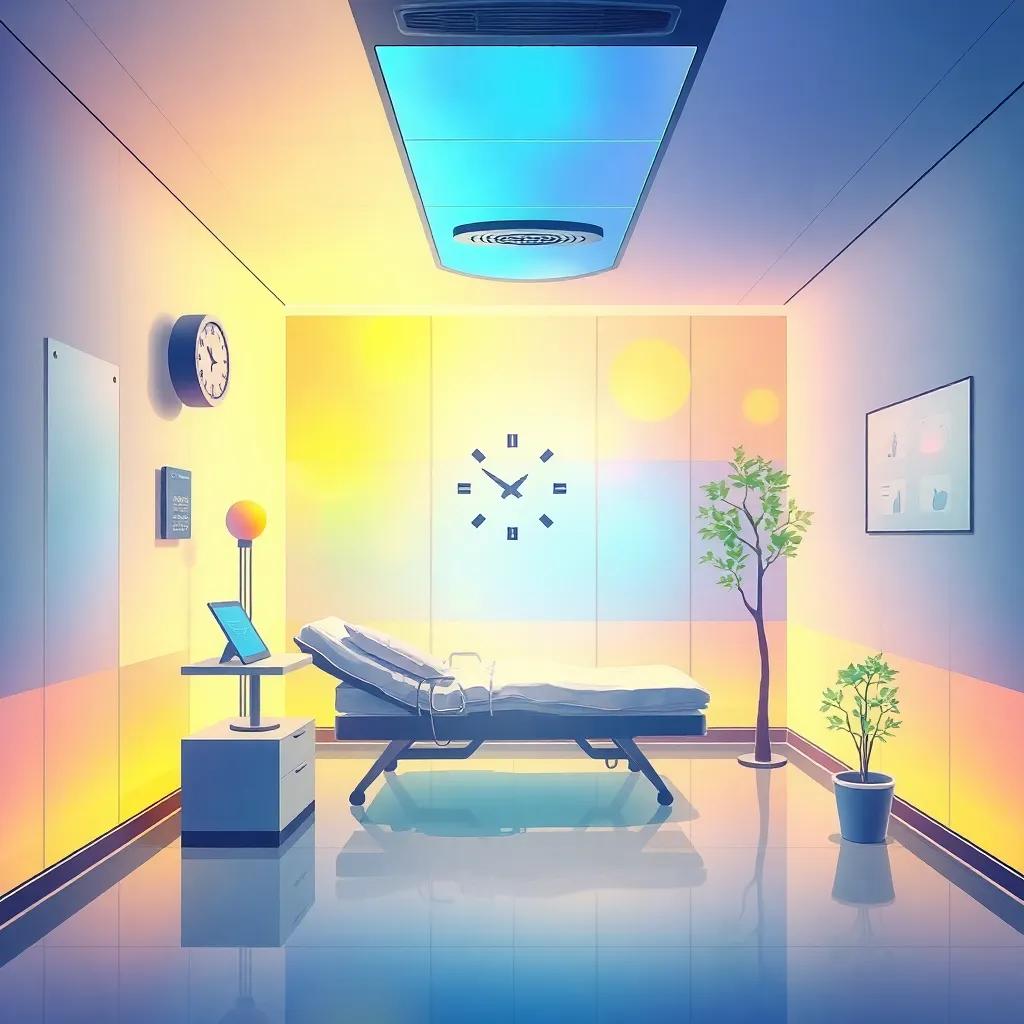Explore the science behind light therapy, its medical applications, and practical tips for incorporating it into daily life for improved health and well-being.
Light therapy is revolutionizing modern medicine, offering non-invasive treatments for conditions like SAD, sleep disorders, and chronic pain through the power of specific light wavelengths.
Introduction to Light Therapy
Light therapy, also known as phototherapy, involves the use of specific wavelengths of light to treat various medical conditions. This non-invasive treatment has gained popularity due to its effectiveness and minimal side effects. The concept of using light for healing dates back to ancient civilizations, but modern science has refined and expanded its applications.
According to a study published in the Journal of Clinical Psychiatry
, light therapy is particularly effective in treating Seasonal Affective Disorder (SAD), a type of depression that occurs at certain times of the year, usually in the winter. The study found that 60-80% of patients experienced significant improvement in their symptoms after regular light therapy sessions.
How Light Therapy Works
Different wavelengths of light have different effects on the body. Red light therapy, for example, is known for its skin health benefits. It penetrates deep into the skin, promoting collagen production and reducing inflammation. Blue light therapy, on the other hand, is used to regulate mood and treat conditions like acne.
Dr. Michael Hamblin, a leading expert in photobiomodulation, explains, Light therapy works by stimulating the mitochondria in our cells, which enhances energy production and promotes healing at the cellular level.
This process, known as photobiomodulation, is the foundation of many light therapy treatments.
Applications in Modern Medicine
Light therapy is used to treat a variety of conditions, including SAD, sleep disorders, and chronic pain. A meta-analysis published in the Journal of Pain Research
found that red light therapy significantly reduced pain in patients with chronic musculoskeletal disorders.
In addition to its therapeutic uses, light therapy is also being explored for its anti-aging potential. A study in the Journal of Investigative Dermatology
found that red light therapy improved skin complexion and reduced wrinkles in participants after 12 weeks of treatment.
Practical Tips for Incorporating Light Therapy
Incorporating light therapy into your daily routine can be simple and effective. Light therapy lamps are widely available and can be used at home or in the office. Wearable devices, such as light therapy glasses, offer a convenient way to receive treatment on the go.
Dr. Norman Rosenthal, a psychiatrist and pioneer in light therapy research, recommends, Start with 20-30 minutes of light therapy each day, preferably in the morning, to help regulate your circadian rhythm and improve mood.
Conclusion
Light therapy is a versatile and effective treatment option for a range of medical conditions. With ongoing research and technological advancements, its applications in modern medicine continue to expand. By understanding the science behind light therapy and incorporating it into daily life, individuals can harness the power of light for improved health and well-being.




